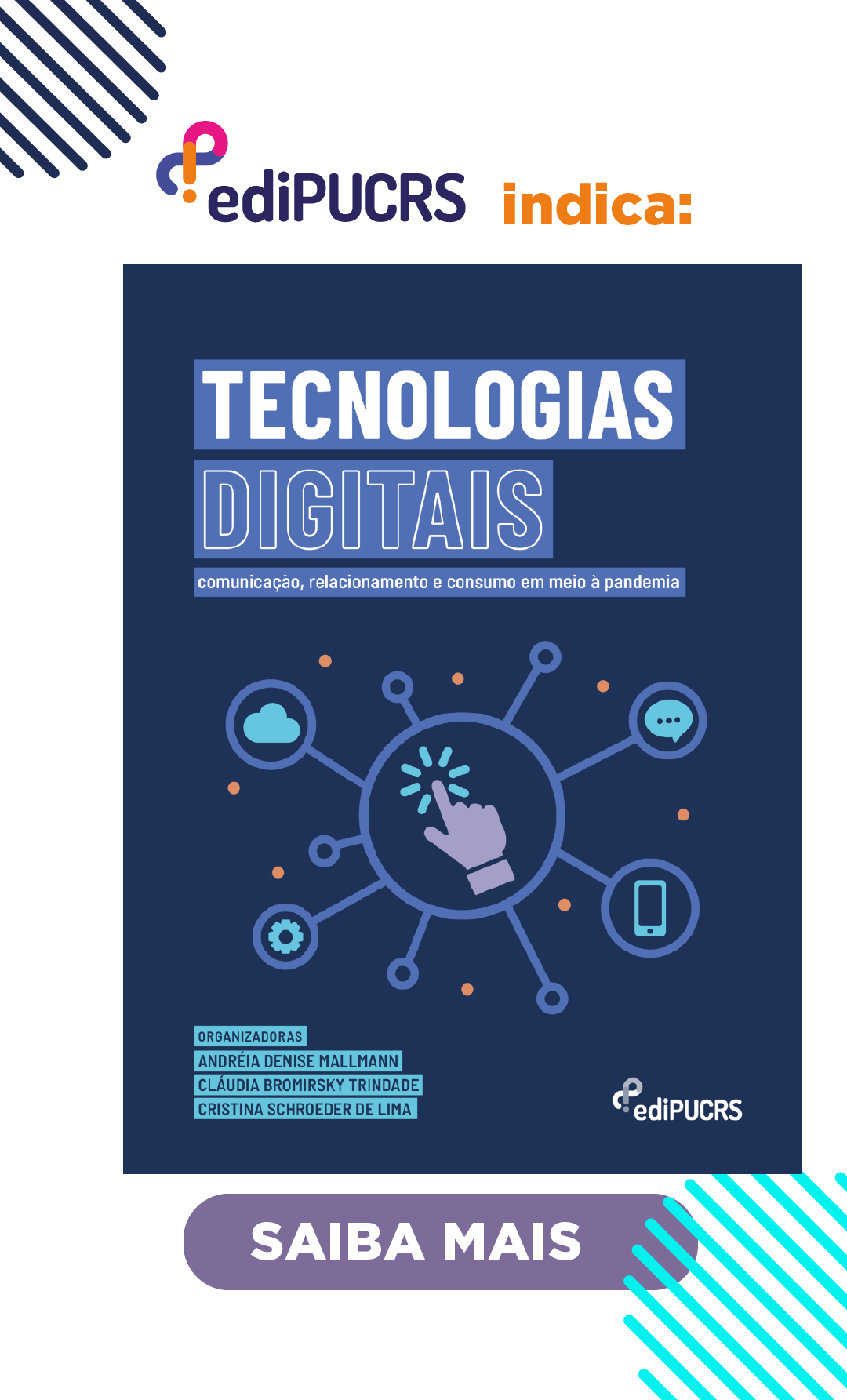The silence of television: challenge and hopes in mediated communication
DOI:
https://doi.org/10.15448/1980-3729.2007.34.3451Keywords:
Communication, public place, democracyAbstract
Much of the television communication takes place in an environment without solid references, in what differs from more traditional public spaces. In this article I reflect on the nature of communication and sociability in a mediated society and show that an inclusive and successful television culture demands from its participants a silent and interrogative attitude. In free prose, I return to interviews with authors and spectators of Brazilian soap opera made for my doctoral thesis, illuminated by a theoretical discussion about language and mediated communication, and with special emphasis on the desires and memories involved in this communication. I briefly compare the Brazilian experience with that of other countries with regard to this inclusive capacity of the communicative space, and point to the ethical and communicative challenges that are being restored today at the global level.Downloads
References
ANDRADE, Jorge. O grito. Rio de Janeiro: Globo, 1975.
ARENDT, Hannah. A condição humana. Rio de Janeiro: Forense Universitária, 2003.
BERTOLINI, Mario; GIANNAKOULAS, Andreas HERNÁNDEZ, Max. Squiggles and Spaces: Revisiting the Work of D.W. Winnicott. London: Whurr, 2001.
BRAGA, Gilberto . Anos Rebeldes. Rio de Janeiro: Globo, 1992.
BUCCI, Eugênio. Brasil em tempo de TV. São Paulo: Bontempo Editorial, 1996.
CAVELL, Stanley . The fact of television. Daedalus, 1992.
CERTEAU, Michel de. Reading as poaching. In: The practice of everyday life. Berkeley: University of California Press, 1984.
CLAIR, Janete r. Irmãos coragem: Globo, 1970.
DAYAN, Daniel and KATZ; Elihu z. Media Events: The Live Broadcasting of History. Cambridge: Harvard University Press, 1992.
FISKE, John e. Television culture. London and New York: Routledge, 1997.
GOLDFARB, Jeffrey . On cultural freedom: an exploration
of public life in Poland and America (Sobre a liberdade cultural: uma reflexão sobre a vida pública na Polônia e nos Estados Unidos). Chicago: The University of Chicago Press, 1982.
HABERMAS, Jürgen. Mudança estrutural da esfera pública. Rio de Janeiro: Tempo Brasileiro, 2003.
HAMBURGER, Esther . Diluindo Fronteiras: As Telenovelas no Cotidiano. v. 4. In: Lilia Schwarcz (Org.). História da Vida Privada. São Paulo: Companhia das Letras, 1998.
HANSEN, Miriam . Babel and Babylon: spectatorship in American silent film. Cambridge, Massachusetts and London, England: Harvard University Press, 1994.
ISER, Wolfgang . Interaction between text and reader.
In: Suleiman, SK, Crossman, I Eds. The reader in the text: essays on audience and interpretation. New Jersey: Princeton University Press, 1980.
MARQUES, Sérgio. Entrevista em Ipanema. São Paulo, 2001.
MERLEAU-PONTY, Maurice . O visível e o invisível. São Paulo: Perspectiva, 2003.
MEYROWITZ, Joshua . No sense of place: the impact of electronic media on social behavior. New York: Oxford University Press, 1985.
MUNIZ, Lauro César. Entrevista em Moema. São Paulo, 2001.
______. Os gigantes. Rio de Janeiro: Globo, 1979.
NOGUEIRA, Alcides. Entrevista na Bela Vista. São Paulo, 2001.
PRATA, Mário. Entrevista nos Jardins. São Paulo, 2001.
Pró-TV. 50 anos da televisão brasileira. São Paulo: Associação dos Pioneiros, Profissionais e Incentivadores da Televisão Brasileira, 2000.
SOUSA, Mauro Wilton de . A rosa púrpura de cada dia. 1986. Tese (Doutorado em Comunicação) - Escola de Comunicação e Arte, Universidade de São Paulo, 1986.
TEXEIRA, Mário. Entrevista em Higienópolis. São Paulo, 2000.
WEBER; Samuel . Mass mediauras: form, technics, media. Stanford, California: Stanford University Press, 1996.
WURSCH, Yoya. Entrevista na Barra da Tijuca. Rio de Janeiro, 2001.
Downloads
Published
How to Cite
Issue
Section
License
Derechos de Autor
La sumisión de originales para la Revista Famecos implica la transferencia, por los autores, de los derechos de publicación. El copyright de los artículos de esta revista es el autor, junto con los derechos de la revista a la primera publicación. Los autores sólo podrán utilizar los mismos resultados en otras publicaciones indicando claramente a Revista Famecos como el medio de la publicación original.
Creative Commons License
Excepto donde especificado de modo diferente, se aplican a la materia publicada en este periódico los términos de una licencia Creative Commons Atribución 4.0 Internacional, que permite el uso irrestricto, la distribución y la reproducción en cualquier medio siempre y cuando la publicación original sea correctamente citada.






